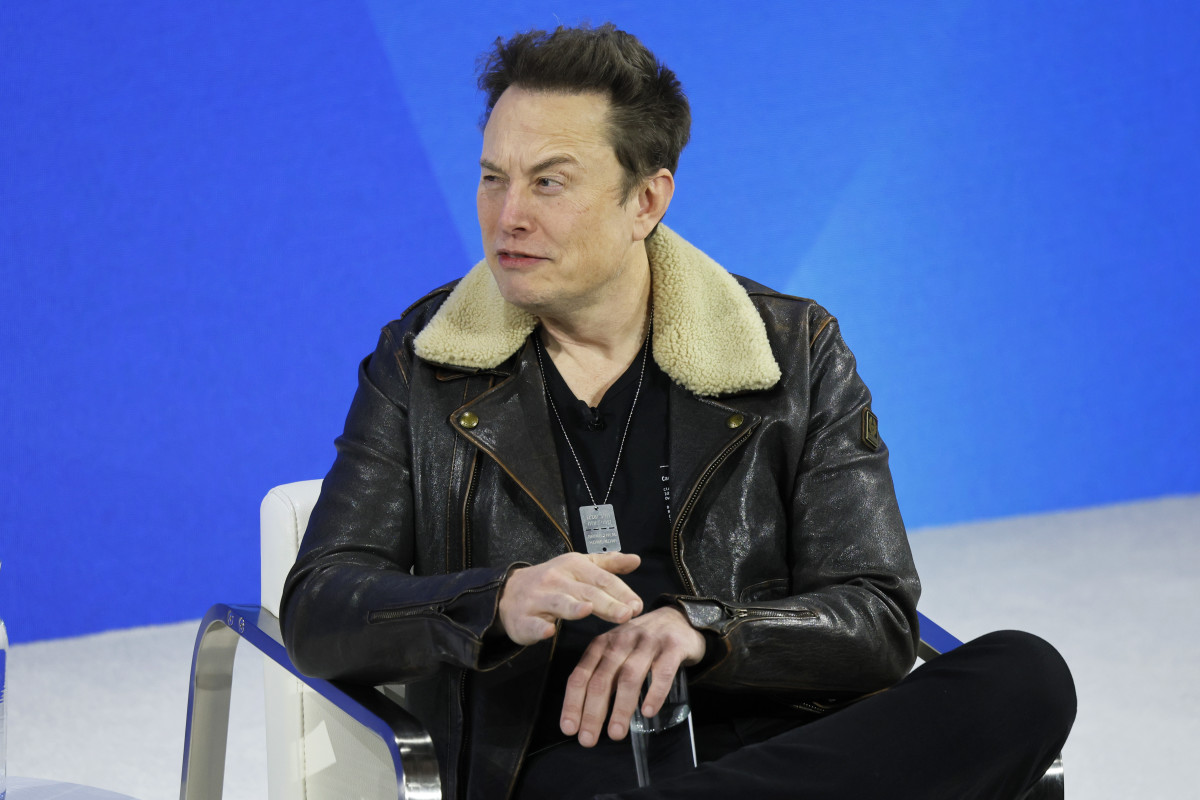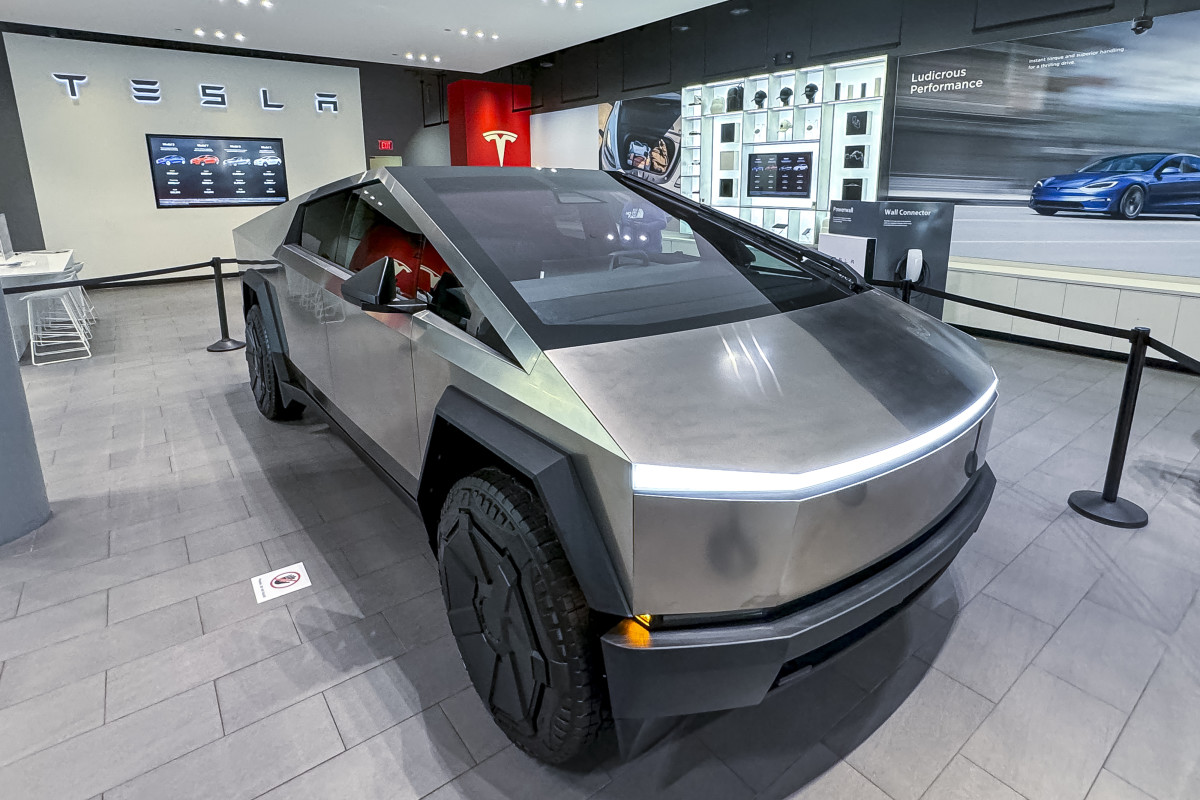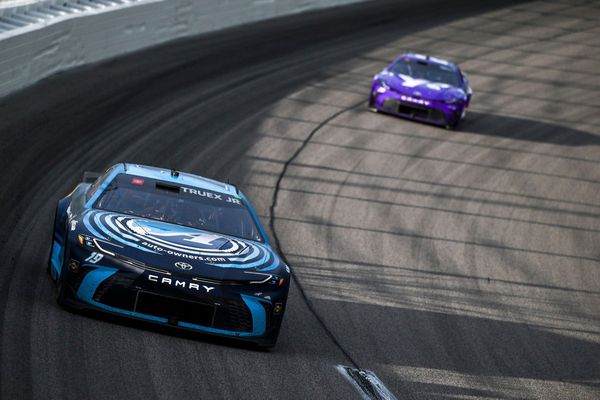
Tesla's Cybertruck is loaded with innovations, the most obvious of which is perhaps its stainless-steel, bulletproof body.
But the alien-looking electric vehicle has innovations under the hood as well. The Cybertruck takes advantage of a 48-volt architecture, compared with the 12-volt architecture that has been the industry standard for decades.
The architecture refers to the electric wiring of the car, which powers everything from power windows to phone chargers.
In an age where cars have begun to turn into rolling computers, the traditional 12-volt architecture has become larger, heavier and more complex to compensate.
Related: Here's the full story behind electric vehicle adoption
Enter 48-volt architecture.
The system has been in use for a few years in mild hybrids — a type of hybrid in which the electric motor is much smaller than the gas engine. The system provides slight improvements in fuel economy and reductions in tailpipe emissions and can handle higher electric loads more efficiently, enabling a lighter, less complex system.
The result is more efficient handling of necessarily higher electric loads without adding weight to the car.
The industrywide adoption of such architecture has been slow as legacy automakers have relied on third-party suppliers, which are not yet equipped or given incentives to make the transition.
Tesla's Musk boosts new auto architecture
Sandy Munro, founder of Munro & Associates, the Auburn Hills, Mich., industrial-design-services provider, said in an Autoline Daily interview earlier this year that "everybody has been talking about doing this for 30 years, but (Tesla) did it.”
Related: Jim Cramer says that Elon Musk has a 'mental condition'
Tesla CEO Elon Musk seems eager to help speed along that supply-side transition to the newer architecture.
Tesla (TSLA) -) on Dec. 5 shared its relevant 48-volt-architecture documents with other major automakers, including Ford (F) -) CEO Jim Farley.
"They weren't joking. We received the document today, dated Dec. 5th," Farley confirmed in a post on X, thanking Musk for the document. "Great for the industry!"
Even with the document in hand, though, the widespread transition to 48-volt architecture in EVs — which would require suppliers to supply entirely 48-volt-ready parts — won't happen overnight. The shift is likely to be costly and likely would require much more widespread demand across the electric side of the auto industry.
This latest offer from Musk builds on a history of seemingly supportive innovation.

In 2014, Musk said that Tesla was open-sourcing its patents — the company, according to its patent pledge, will not "initiate patent lawsuits against anyone who, in good faith, wants to use its technology."
Musk's SpaceX, according to the billionaire, doesn't even make use of patents.
"Nothing any of my companies have done has been to stifle competition," Musk said at the 2023 DealBook Summit. "In fact, we’ve done the opposite."
Contact Ian with tips via email, ian.krietzberg@thearenagroup.net, or Signal 732-804-1223.
Related: Tesla investors should be pleased with Elon Musk's latest big claim
Get exclusive access to portfolio managers’ stock picks and proven investing strategies with Real Money Pro. Get started now.







